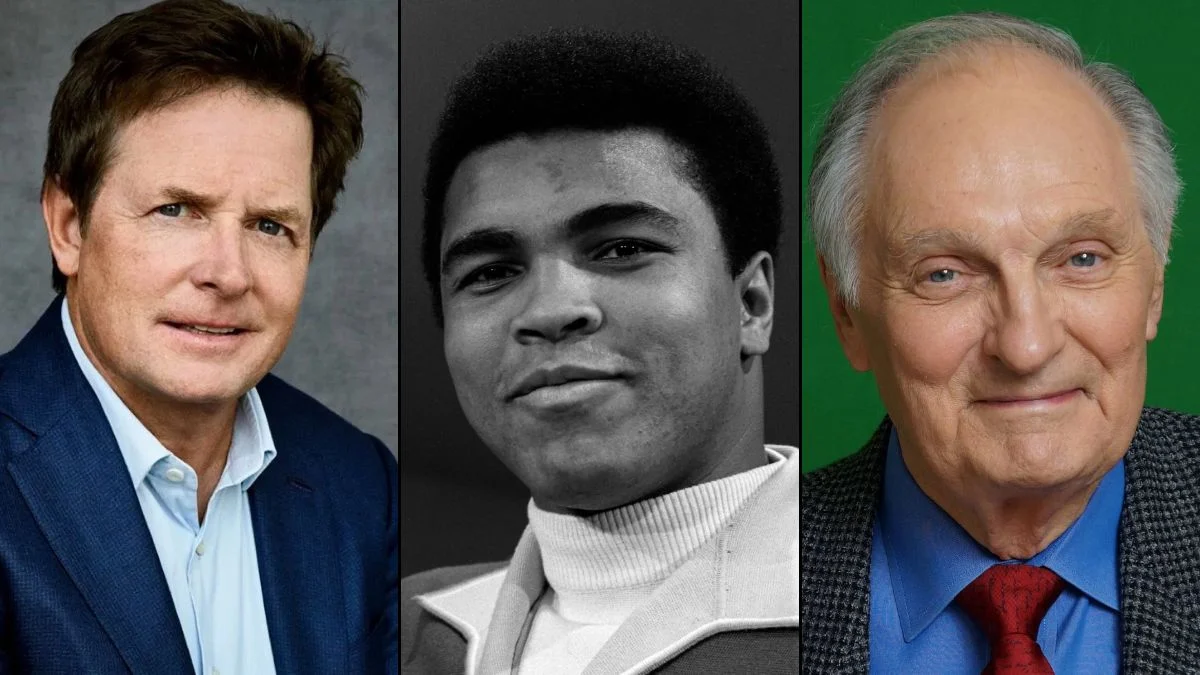
Parkinson’s disease impacts people from all backgrounds, including many famous individuals in fields like entertainment, sports, politics, and religion. Their experiences highlight that the disease often starts with mild symptoms, and that with treatment, therapy, and support from others, people can continue to live full and active lives – working, competing, performing, and making a difference.
This list features well-known people who have publicly shared their Parkinson’s diagnosis or whose experiences with the condition have been widely reported. It includes information about when they went public, what they continued to accomplish, and any organizations or awareness campaigns they supported – offering valuable real-world insights for those interested in learning more about Parkinson’s.
Michael J. Fox
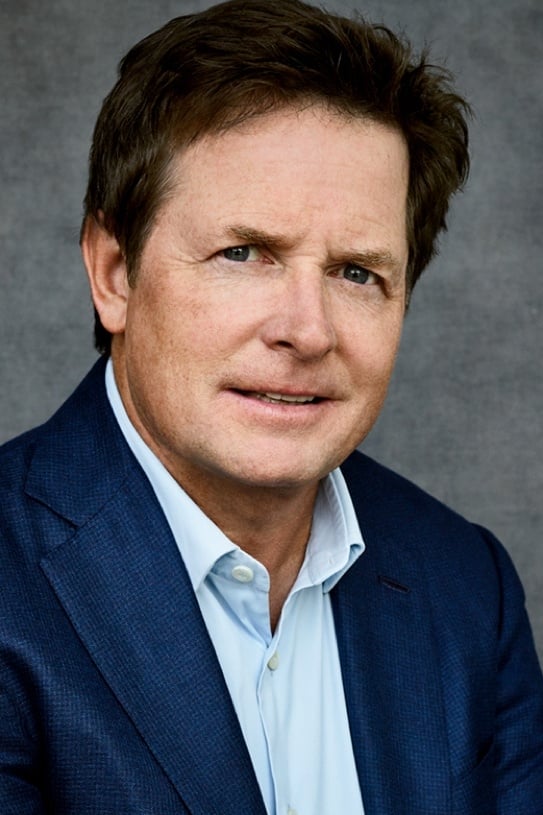
Michael J. Fox received a Parkinson’s disease diagnosis at a young age in the early 1990s, while he was still well-known for his roles in ‘Back to the Future’ and ‘Family Ties’. He made his condition public in 1998 and then founded a leading research organization dedicated to speeding up the development of new treatments by conducting large studies and sharing data.
After that, I saw him pop up in shows like ‘Spin City’ and had some great roles on ‘Rescue Me’ and ‘The Good Wife’. But it’s not just acting – he also started an organization that really gets into the science of things, funding research into early detection and new treatments. What I especially appreciate is that they make all that complicated info about symptoms, meds, and clinical trials easy to understand – it’s really helpful for anyone trying to navigate this stuff.
Muhammad Ali
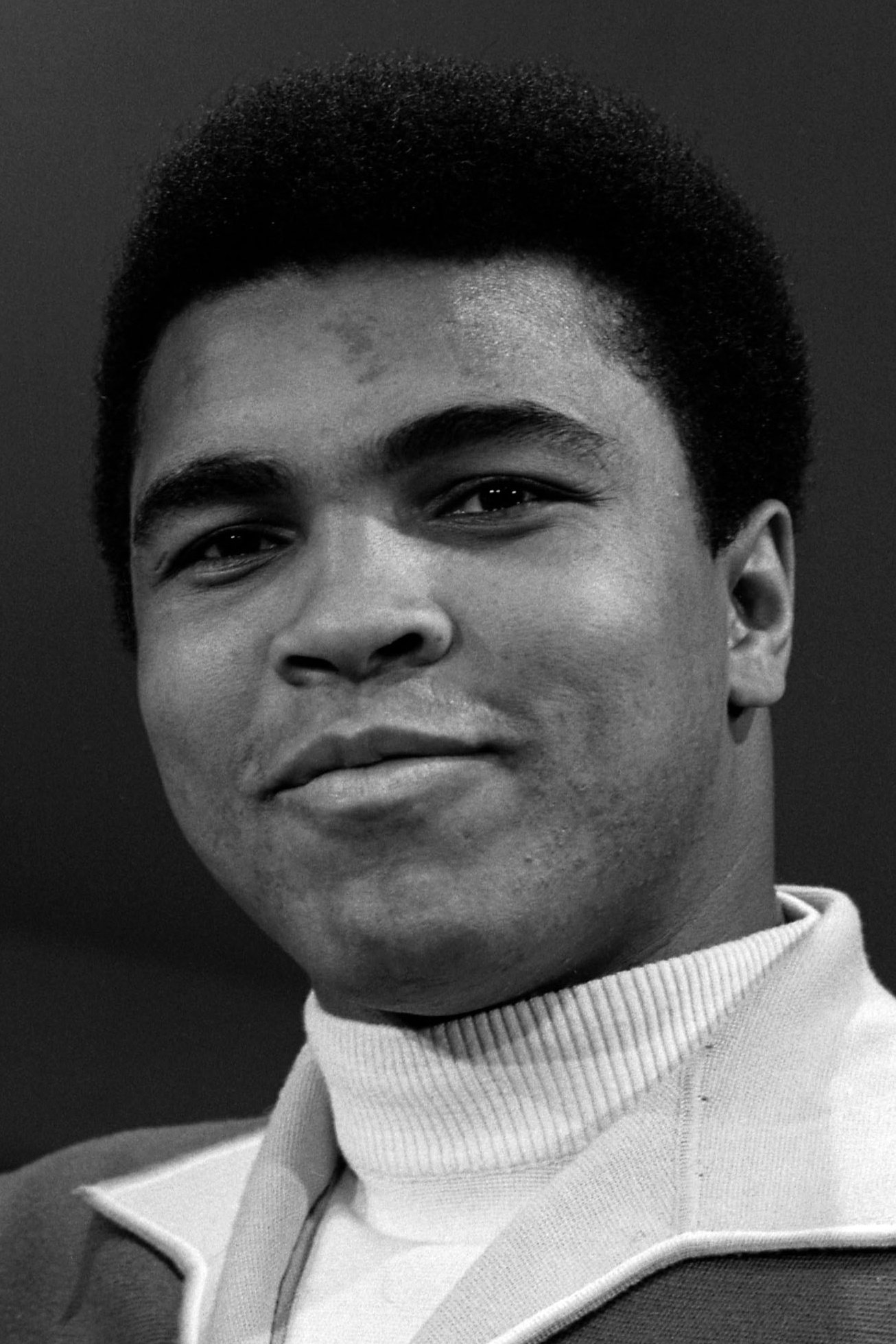
After retiring from boxing, Muhammad Ali was diagnosed with Parkinson’s disease in the 1980s. He then dedicated himself to raising awareness about the condition, appearing at public events like lighting ceremonies, visiting patients in hospitals, and supporting research efforts that gained worldwide attention.
Ali and his family started a center dedicated to Parkinson’s research and care. The center offers helpful programs like speech therapy, exercise classes, and counseling, all designed to address common Parkinson’s symptoms such as shaking, stiffness, and voice changes.
Alan Alda
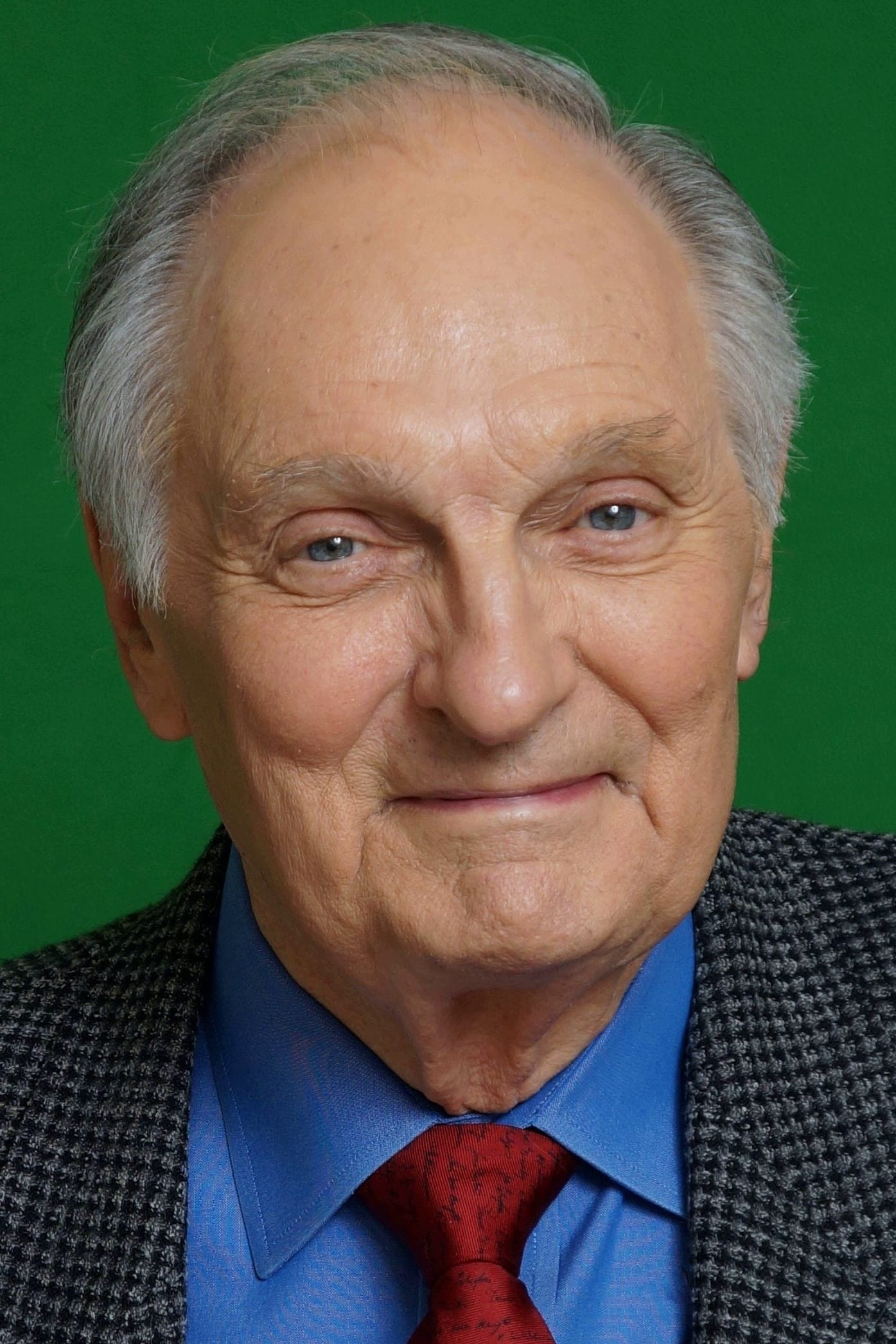
As a film buff, I was really affected when Alan Alda – best known for his incredible work on ‘M*A*S*H’ – shared that he’d been diagnosed with Parkinson’s. He talked about how he first noticed something was off while watching himself act; little things like him physically acting out his dreams, or a slight twitch in his thumb, made him seek medical attention. Thankfully, he got a diagnosis early on, which is so important.
Alda has discussed using workouts like boxing, balance training, and tai chi to help with Parkinson’s symptoms. He also explains communication strategies that can help people with Parkinson’s manage changes in their voice, both in daily life and when giving presentations.
Neil Diamond
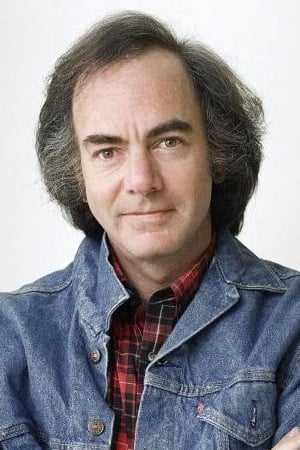
As a lifelong Neil Diamond fan, I was really saddened to hear about his Parkinson’s diagnosis back in 2018. It meant he had to stop touring, which was tough for all of us, but thankfully he hasn’t stopped making music altogether. He’s transitioned to focusing on recording in the studio, which seems to work better for him now, allowing him to manage his energy levels and how the condition affects him. It’s wonderful that he’s still creating, even if it’s in a different way.
Diamond discusses managing symptoms with both medicine and daily habits, stressing the importance of rest and thoughtful preparation for long rehearsals. His own experience demonstrates how artists can keep creating by adjusting their schedules and how they approach performances.
Billy Connolly
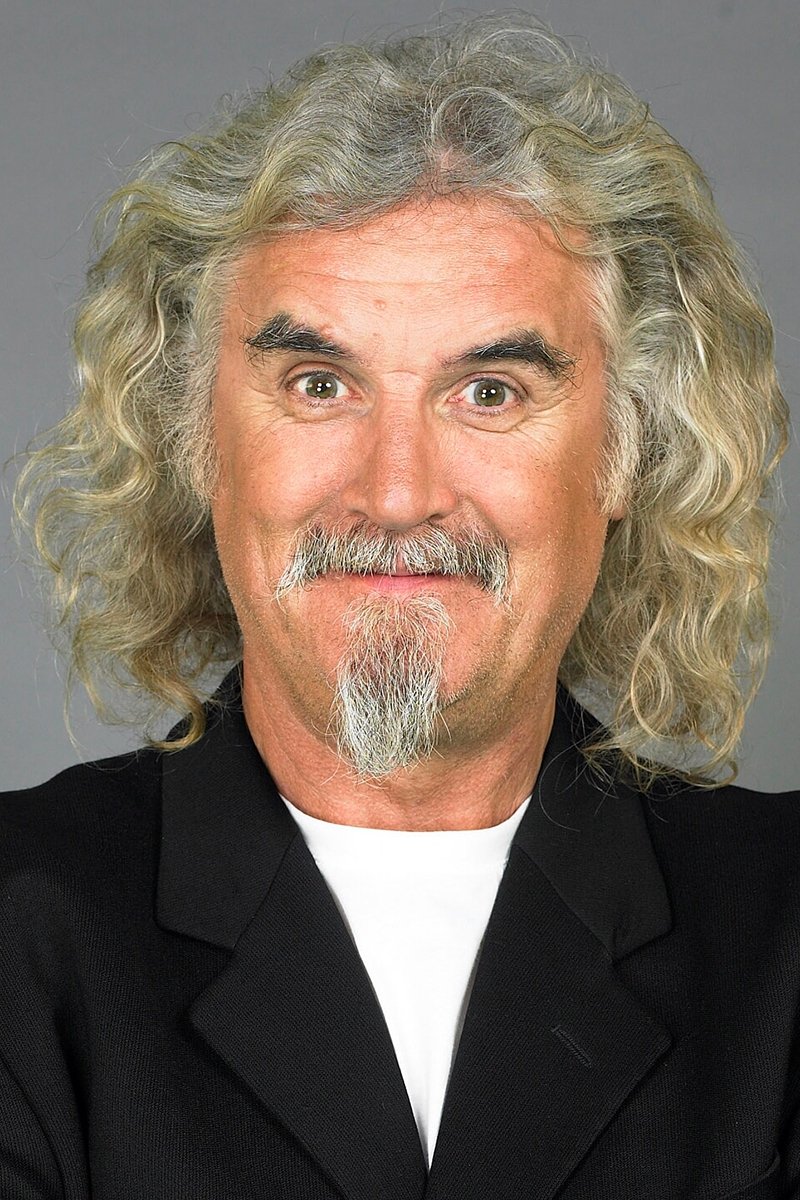
I remember when Billy Connolly bravely went public with his Parkinson’s diagnosis back in 2013. What struck me wasn’t just his honesty, but his determination to keep working. He continued doing stand-up and TV work, and was incredibly open about how the condition impacted things like his timing and how he moved on stage. It was fascinating, and really showed his commitment to his craft even while facing such a personal challenge.
Connolly regularly donates to charities that support medical research and care for patients. He frequently talks about vocal health, recommending techniques like warm-up exercises, shorter performances, performing while seated, and planning tours to minimize exhaustion.
Jesse Jackson
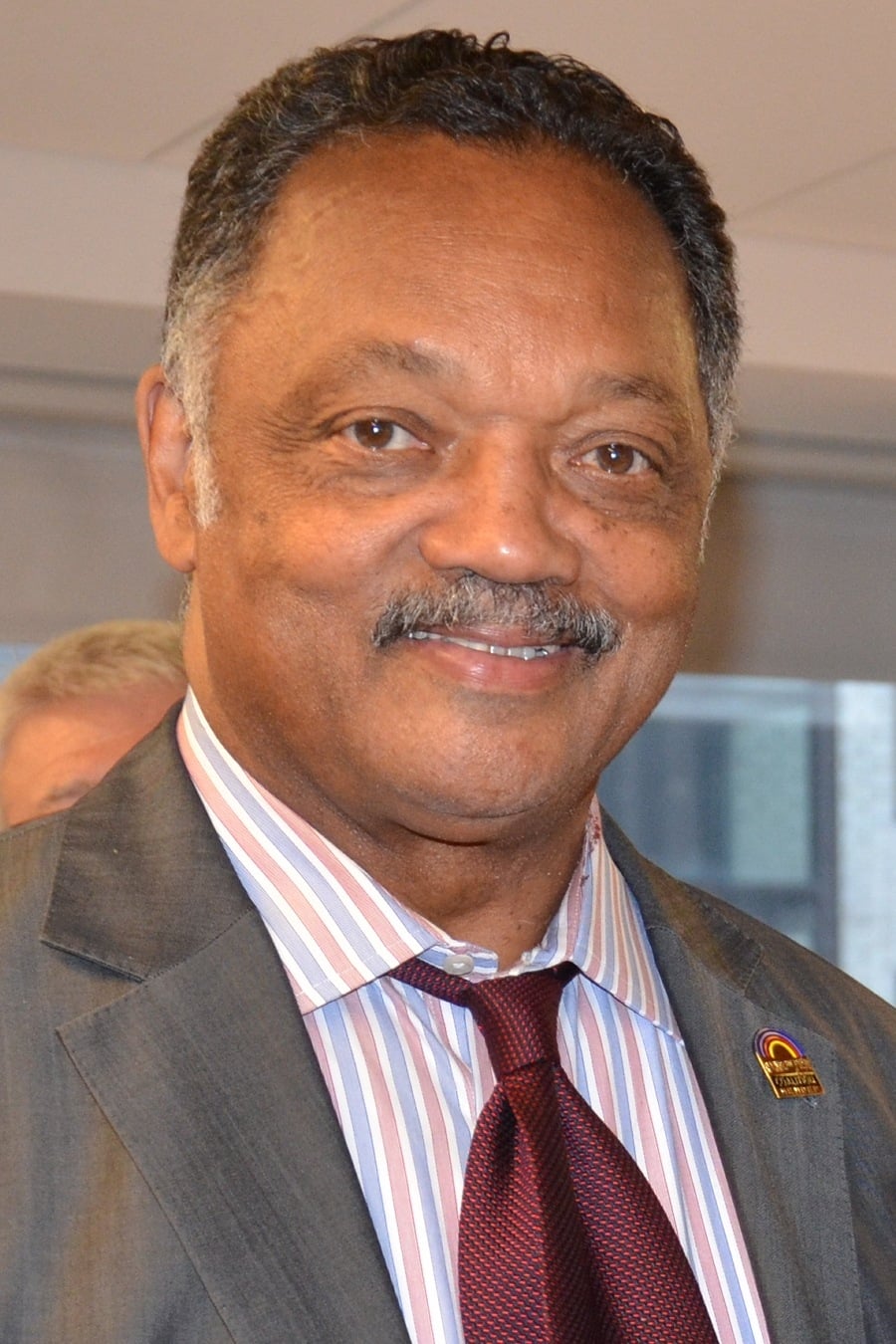
Jesse Jackson, a prominent civil rights leader, publicly shared his Parkinson’s diagnosis in 2017. Despite the condition, he continued to speak at events and participate in community work, receiving therapy to help with his walking, balance, and speech.
Jackson uses his position to advocate for better healthcare access for communities that are often overlooked. He emphasizes the need for regular check-ups with neurologists, taking medications as prescribed, and joining support groups to manage all aspects of their condition, including movement issues, sleep problems, and emotional well-being.
Pope John Paul II
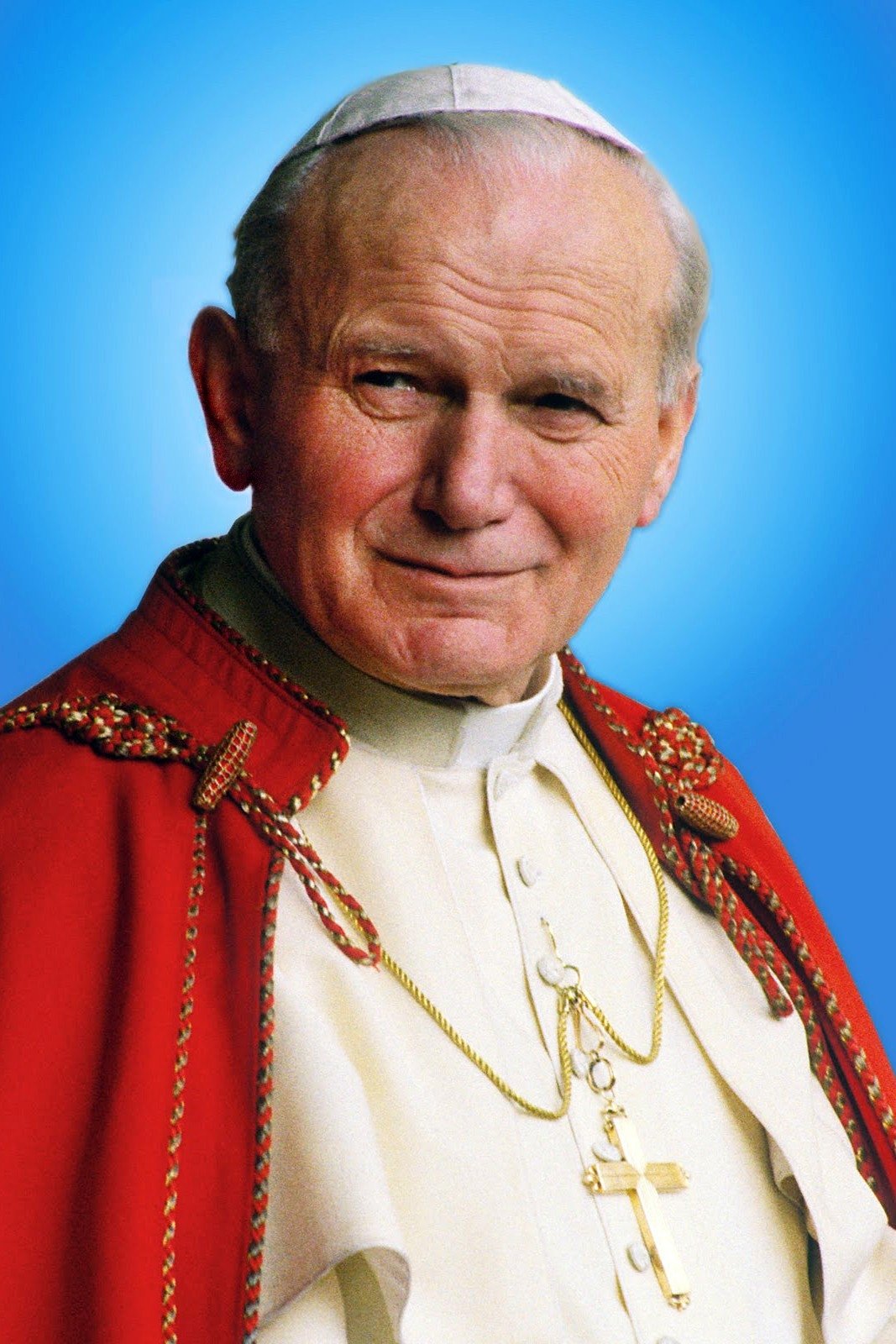
During the last years of his time as Pope, John Paul II battled Parkinson’s disease. Even as his health declined – with noticeable shaking and difficulty moving – he continued to maintain a busy schedule of public events and trips around the world.
The Vatican kept the public informed about the Pope’s health, which helped people better understand how Parkinson’s disease develops. His journey also highlighted the importance of tools that help people with disabilities, support for caregivers, and ways to stay involved and lead fulfilling lives even with health challenges.
Pierre Trudeau
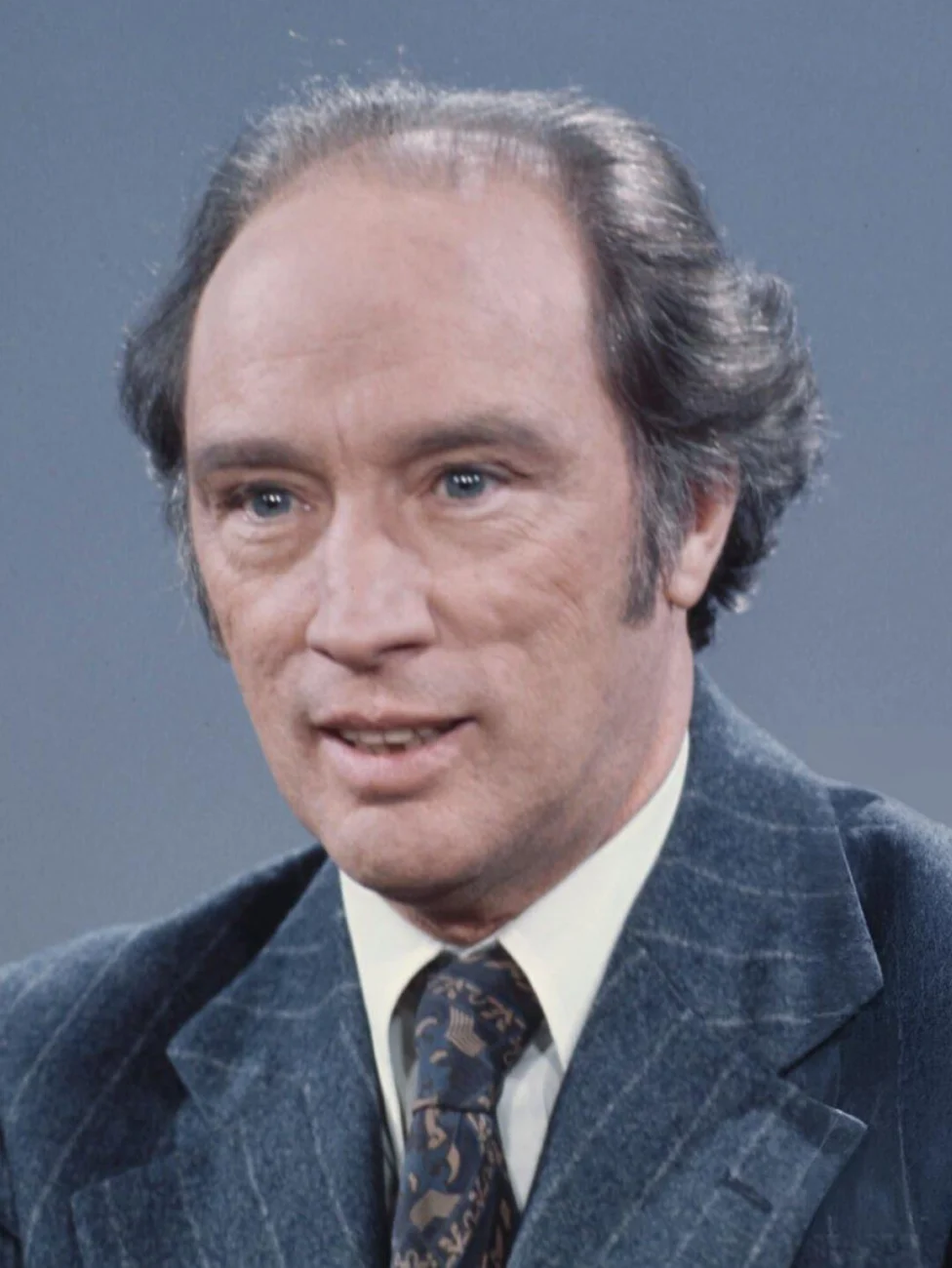
Pierre Trudeau, a former prime minister of Canada, developed Parkinson’s disease in his later years. While dealing with the illness – which caused noticeable changes in his movement and facial expressions – he still occasionally appeared in public.
His experience is frequently brought up when people talk about Parkinson’s disease in leaders, and how things like security arrangements, travel, and public speaking can be modified to help with symptoms like slow movement and limited arm movement.
Bob Hoskins
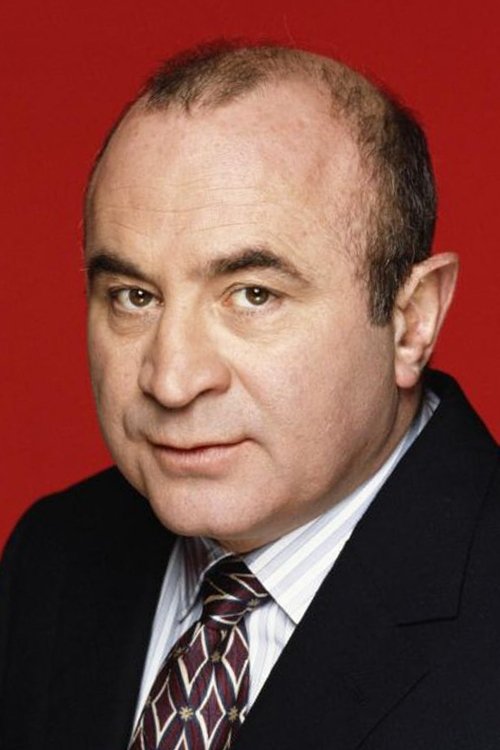
Bob Hoskins, the actor known for roles in films like ‘Who Framed Roger Rabbit’, ‘Mona Lisa’, and ‘The Long Good Friday’, retired from acting in 2012 after receiving a Parkinson’s disease diagnosis. He made the decision to prioritize his health and spend time with his family.
Hoskins shared news about his symptoms and explained he would be stepping back from upcoming work. His choice is often used as an example when people talk about how actors balance the physical challenges of filmmaking – like long hours, travel, and demanding stunts – with managing their health.
Ian Holm
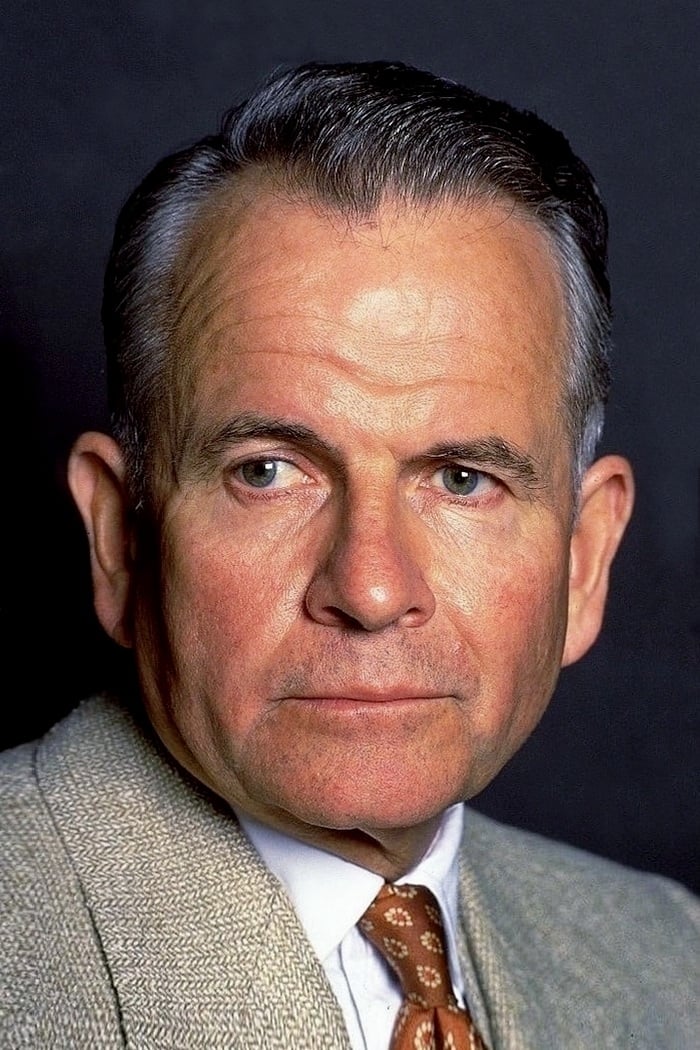
Ian Holm, the actor known for his parts in movies like ‘Alien’ and ‘The Lord of the Rings’, lived with Parkinson’s disease. As the condition progressed, he focused on voice acting and made occasional on-screen appearances when he felt able.
Reports on his health highlighted how helpful flexible work hours, shorter days, and adaptable job duties – particularly those involving camera work – can be. These changes can help people with Parkinson’s continue working on film and TV sets.
Maurice White
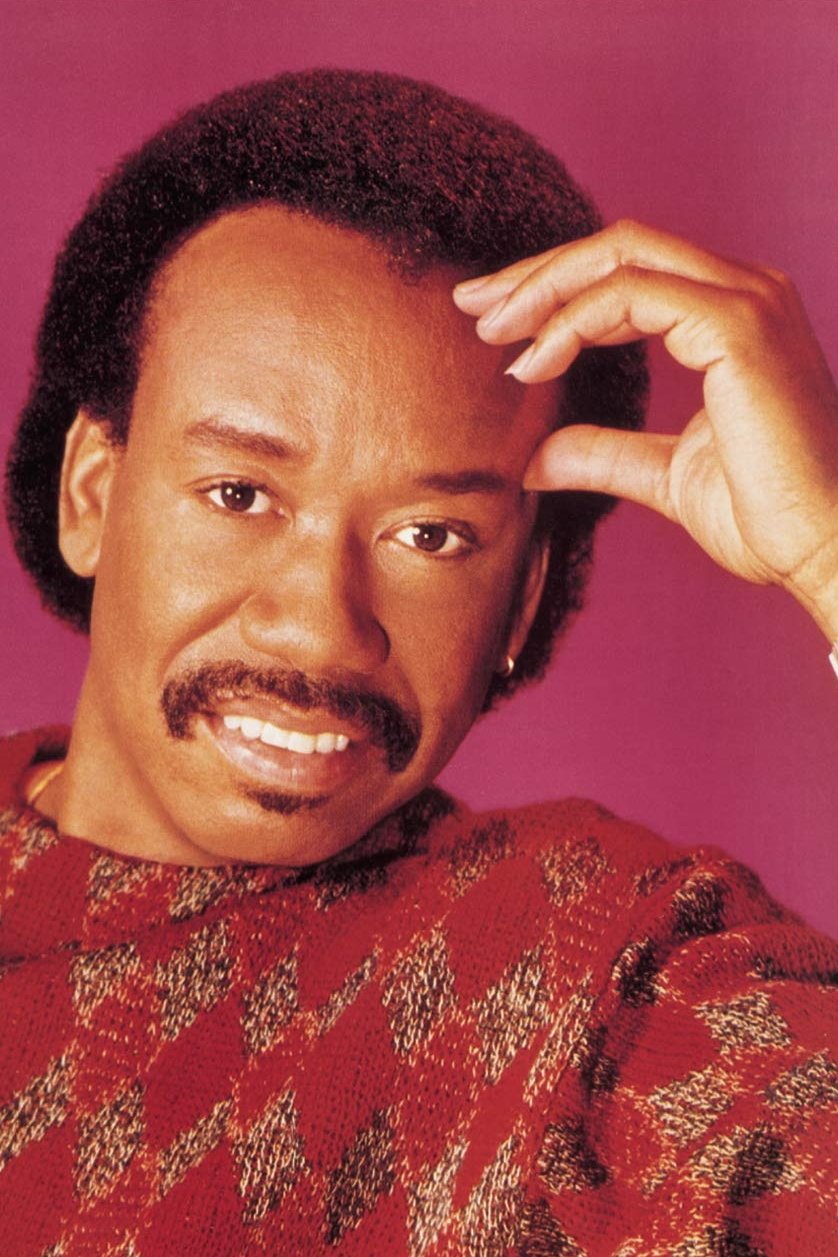
I was so saddened to learn about Maurice White, the incredible founder of Earth, Wind & Fire. He was diagnosed with Parkinson’s disease back in the late 80s, and while it eventually meant he couldn’t tour as much, he never stopped being the heart of the band’s music. He moved into studio work, and even from behind the scenes, you could still *feel* his creativity on every recording. He was a true legend!
The way White adapted demonstrates how musicians can keep creating and recording even when travel and performing become challenging. Comfortable studio setups, with chairs and predictable schedules, can make it easier to work through physical difficulties like shaking or stiffness during lengthy recording sessions.
Brian Grant
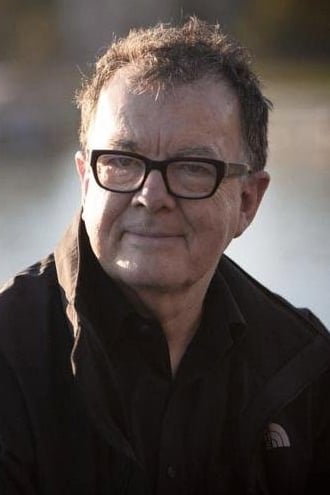
Brian Grant, a retired NBA player, received a Parkinson’s disease diagnosis in 2008, not long after finishing his eleven-year basketball career. He then started a foundation to help others with Parkinson’s by providing fitness programs, healthy eating advice, and opportunities to connect with the community.
Grant’s programs offer helpful tools like boxing-based exercise, cycling clubs, and guidance on meal planning to help people remember to take their medication. The foundation also supports learning about depression and anxiety, which often occur alongside Parkinson’s disease.
Davis Phinney
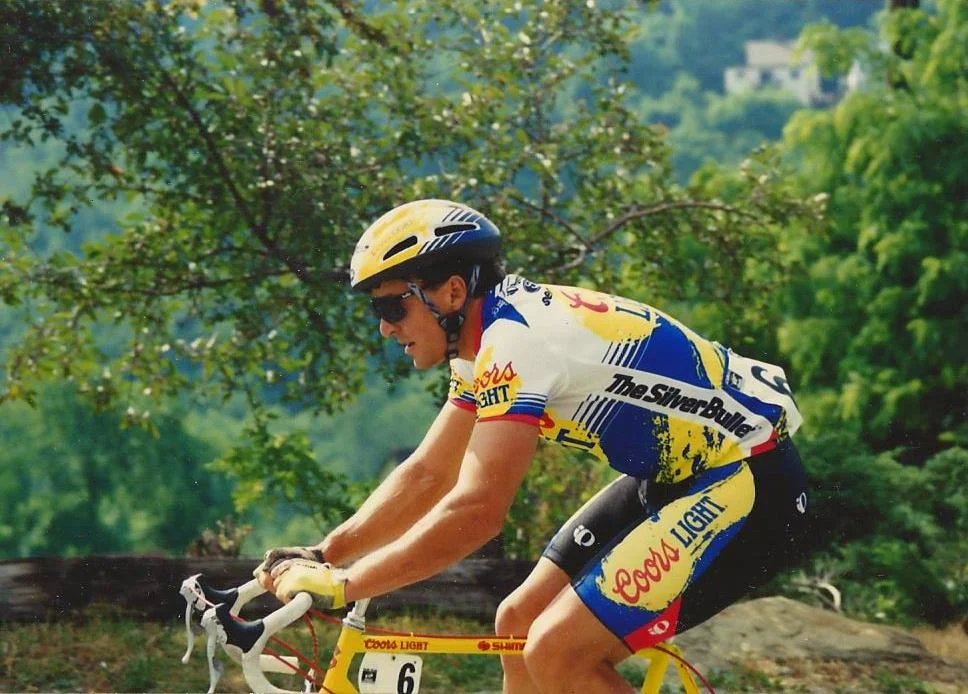
Davis Phinney, an Olympic cyclist, was diagnosed with Parkinson’s disease at a young age in 2000. He then created an organization dedicated to helping people manage the condition and live fulfilling lives, offering resources like helpful advice, online seminars, and exercise programs.
The organization supports people by providing resources for cycling, physical therapy, and managing their symptoms. They also offer help with speech therapy and practical tips for everyday life, like using a metronome to improve walking rhythm and voice amplifiers to help with public speaking.
Richard Lewis
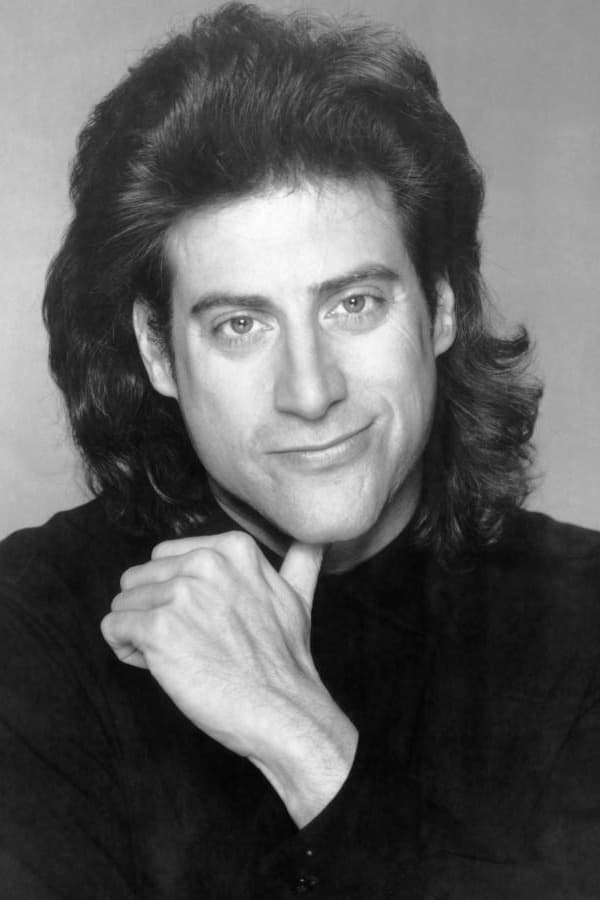
Comedian and actor Richard Lewis revealed in 2023 that he had been diagnosed with Parkinson’s disease. He stepped back from doing stand-up comedy but continued to appear on the TV show ‘Curb Your Enthusiasm,’ taking on roles and working at a pace that accommodated his fluctuating energy levels.
Lewis talked about managing medication and planning for adequate rest, and he stressed the importance of seeing a neurologist regularly. He also explained that open communication with colleagues makes it easier to schedule rehearsals and work on scenes in a way that minimizes stress and tiredness.
Jeremy Paxman
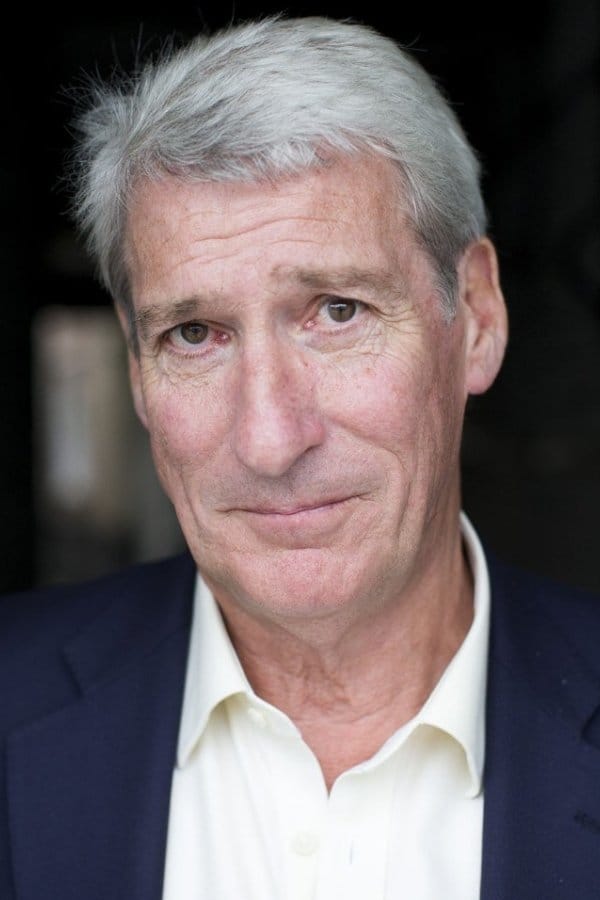
In 2021, Jeremy Paxman, a well-known British broadcaster, announced he had Parkinson’s disease. He created a documentary showing what it’s like to live with the condition, including his symptoms, doctor’s visits, and the treatments he tried, offering viewers a clear understanding of managing the disease every day.
Paxman’s reporting featured interviews with physical and speech therapists, as well as examples of exercises to improve balance and posture. He also highlighted how practicing handwriting and using smartphone reminders could assist with small movements and remembering daily activities.
Valerie Perrine
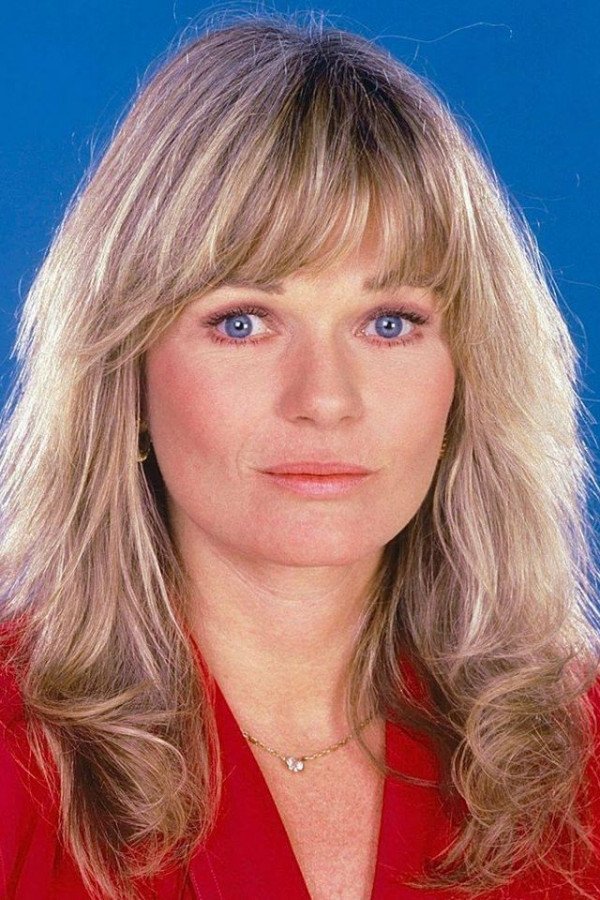
Valerie Perrine, the actress famous for her roles in ‘Superman’ and ‘Lenny’, has been living with Parkinson’s disease for a long time. She’s been involved in raising awareness about the difficulties families experience, both financially and with caregiving, as the disease gets worse.
Perrine’s case highlights how helpful simple home improvements like grab bars and slip-resistant floors can be, along with regular visits from nurses and physical therapists. These changes can help prevent falls and allow people to stay independent in their own homes.
Michael R. Clifford
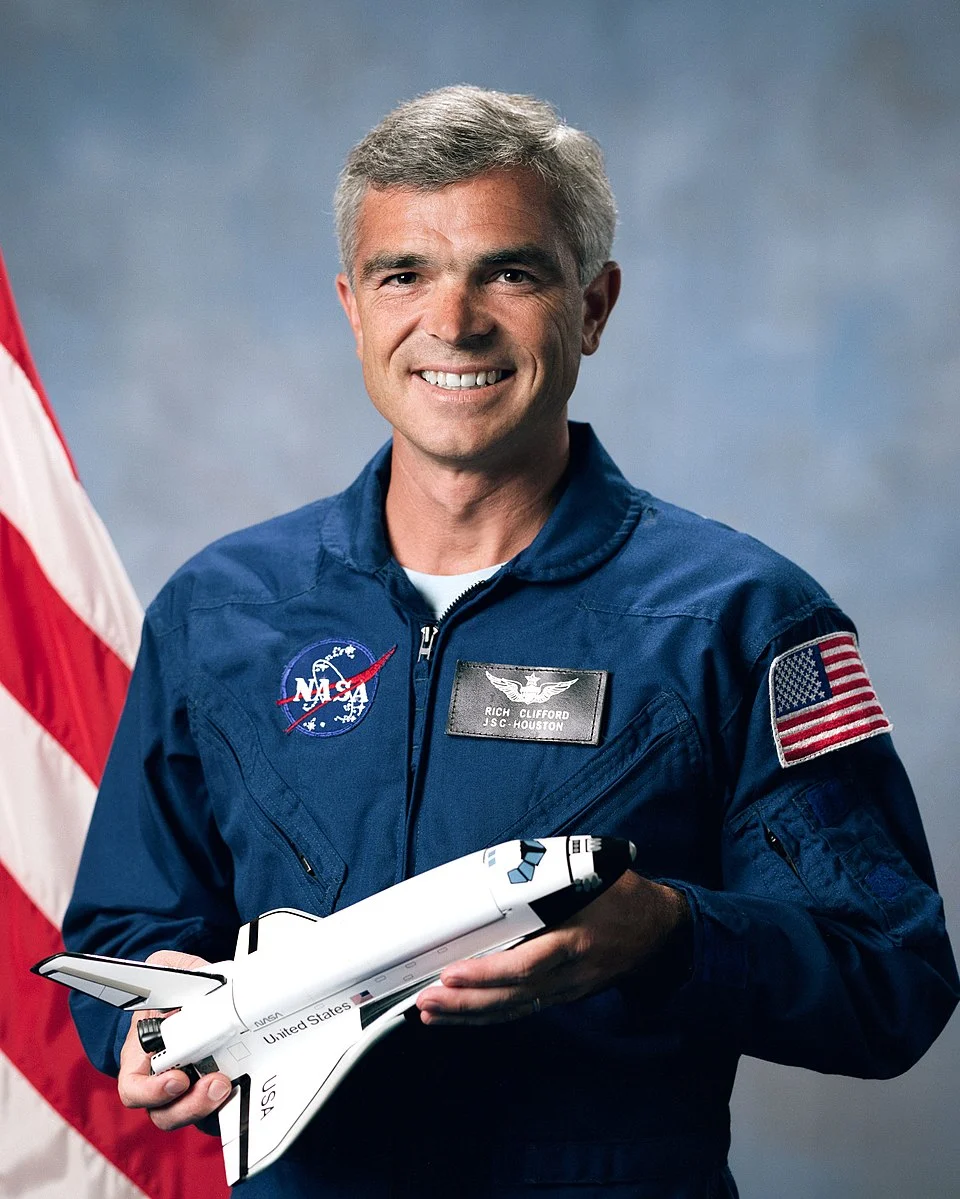
As a lifelong space and cinema fan, I was really moved learning about Michael R. Clifford. He was a NASA astronaut who, incredibly, kept flying missions even after being diagnosed with Parkinson’s in the nineties. What struck me even more was that he didn’t just keep it to himself; he became a powerful voice, speaking openly about the importance of thorough medical checks for astronauts, maintaining high safety standards, and how to navigate working with a long-term health issue. It’s a really inspiring story, and one I wish more people knew about.
As a film buff, I’ve been reading a lot about making sets safe and inclusive, and Clifford’s advice really stood out to me. He always stressed being upfront with employers about any health needs, having clear, written treatment plans, and getting regular check-ups to stay fit for the job. People in the industry often bring him up when they’re talking about how to handle physically demanding roles and what accommodations are reasonable to ask for – it’s a really important example of doing things the right way.
Billy Graham
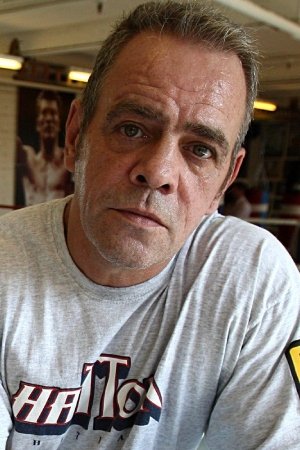
Billy Graham, the famous evangelist, was diagnosed with Parkinson’s disease in the 1990s. Despite the diagnosis, he continued to appear in public, though he had to adjust his travel and speaking schedule to manage his declining mobility and increased tiredness.
Graham’s group explained that help with caregiving and tools like wheelchairs and walkers allowed people to continue attending events. His experience is often used as a model when organizers plan big events, ensuring easy access behind the scenes and peaceful spaces to relax.
Paul Sinha
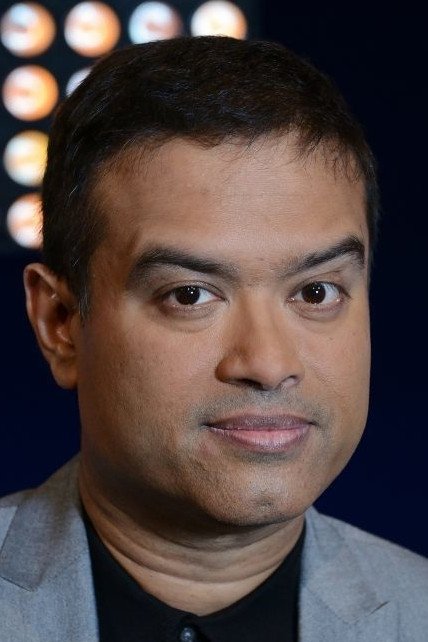
Paul Sinha, a comedian and regular on the quiz show ‘The Chase’, revealed he had Parkinson’s disease in 2019. Despite the diagnosis, he continued to perform stand-up comedy and appear on the show, carefully managing his medication and preparing for appearances.
Sinha highlights how staying physically fit and practicing memory exercises can improve on-camera performance. He also offers helpful advice for performers, including utilizing teleprompters, allowing ample travel time, and tracking any symptoms in a diary to share with healthcare professionals.
Read More
- Silver Rate Forecast
- Gold Rate Forecast
- Красный Октябрь акции прогноз. Цена KROT
- MSCI’s Digital Asset Dilemma: A Tech Wrench in the Works!
- Dogecoin’s Big Yawn: Musk’s X Money Launch Leaves Market Unimpressed 🐕💸
- Bitcoin’s Ballet: Will the Bull Pirouette or Stumble? 💃🐂
- Guardian Wealth Doubles Down on LKQ Stock With $1.8 Million Purchase
- Binance and Botim Money Join Forces: Crypto in the UAE Gets a Boost-Or Does It? 🚀
- Twenty One Capital’s NYSE debut sees 20% fall – What scared investors?
- Monster Hunter Stories 3: Twisted Reflection gets a new Habitat Restoration Trailer
2025-10-13 13:49